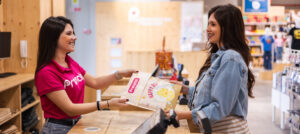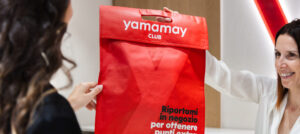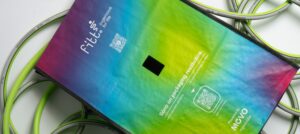1. Durability makes a difference
Cardboard does its job most of the time, but it has limits. A few drops of rain or a heavy stack during transport can turn it soft and unreliable. That’s often where reusable packaging shows its value.
It’s made with thicker, sturdier materials that can handle multiple trips without losing shape. Instead of being crushed or torn after a single use, it keeps its structure which means fewer damaged products, fewer customer complaints, and fewer returned items.
2. From linear to circular
The cardboard box is recyclable, and that’s often used as a justification for its continued dominance. But it still requires cutting down trees, using large amounts of water, and running energy-hungry production lines.
Reusable packaging works differently. It doesn’t need to be remade every time someone orders a product. The same unit can circulate many times before it reaches the end of its life, and when it finally does, it can still be recycled like any other material.
In fact, the LCA study of Movopack conducted by an external company proved that after 20 uses, Movopack’s reusable packaging solution reduces waste generation by 98% and decreases CO₂ emissions by 84% compared to a single-use cardboard box.
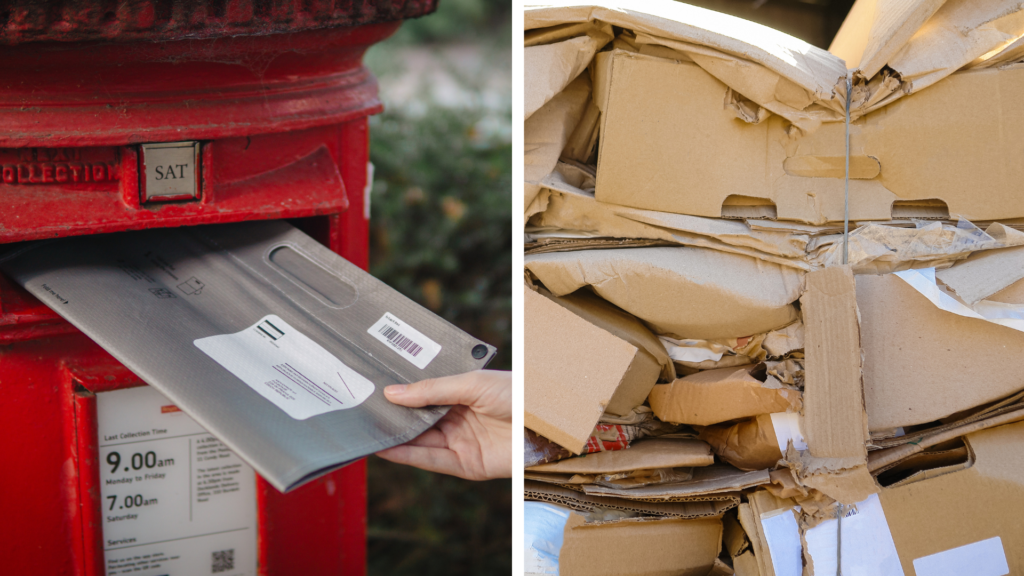
3. Packaging as a brand statement
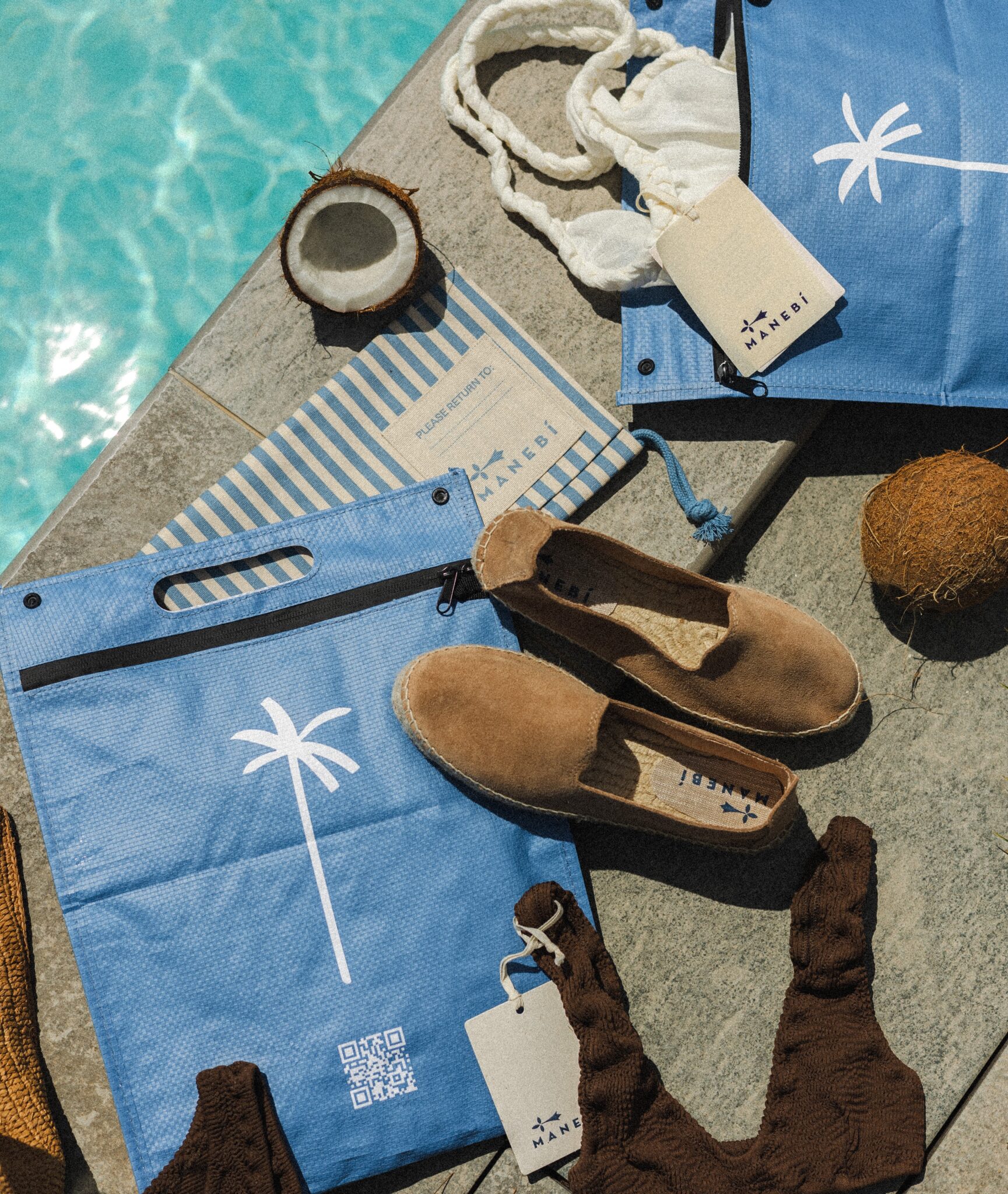
Packaging is the first physical touchpoint that the customer has with the brand they ordered from. You only have about seven seconds to make a strong first impression, and packaging often matters more than brands think.
Cardboard is familiar and functional, but it doesn’t always tell your story. Custom reusable packaging like Movopack’s gives more freedom to do that. It can be designed to fit your product exactly, in size, colour and style. For brands that invest in visual identity, it’s a chance to extend that personality into something tangible.
A package that looks good, feels good, and serves a purpose beyond its first delivery creates a stronger connection. Customers notice when things are made with intention.
4. Thinking Beyond the Upfront Investment
It’s fair to say that reusable packaging has higher upfront costs than a cardboard box as it includes a 360-degree service including the product, reverse logistics, refurbishment and redistribution. However, the picture is entirely different when viewed from a long-term perspective.
Adopting reusable e-commerce packaging, you can minimize empty space, get rid of overpackaging, and optimise shipping dimensions by carefully planning it around your products. As a result, carbon footprint is reduced, less material is wasted and packaging costs are decreased.
Conclusion
While cardboard remains an easy and accessible solution for certain product types, for companies looking to reduce waste, optimize their logistics, and offer a more thoughtful experience, reusable packaging is proving to be a strong alternative.
The world of e-commerce packaging is evolving quickly. Packaging that’s made to move in circles, rather than in a straight line from warehouse to bin, might just be the direction it’s heading.


